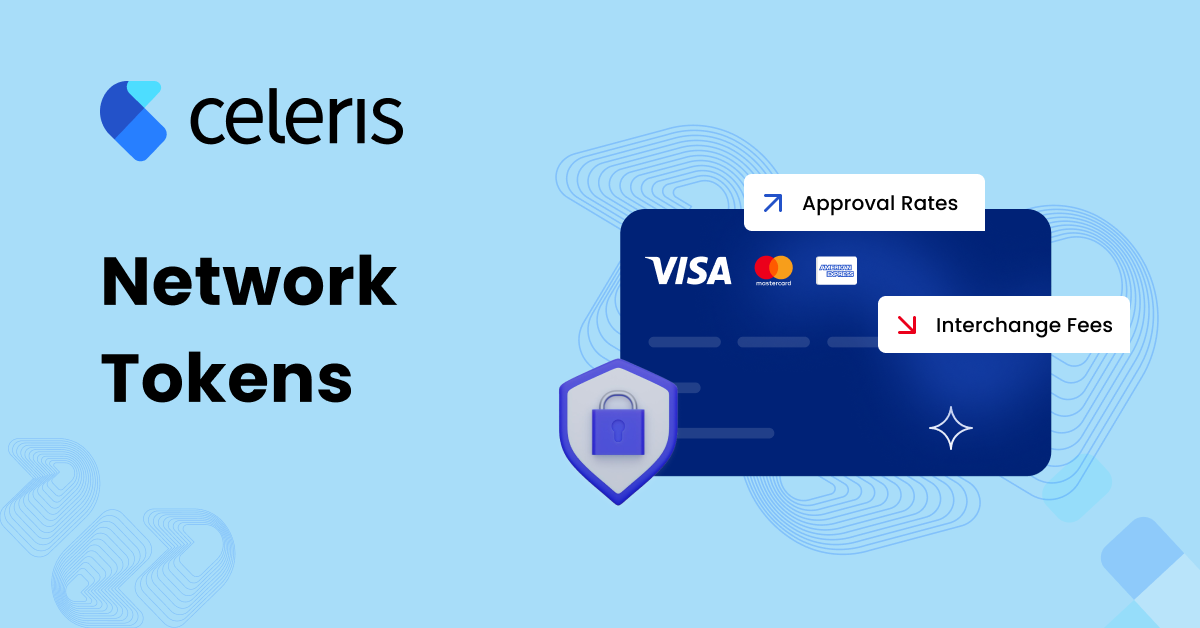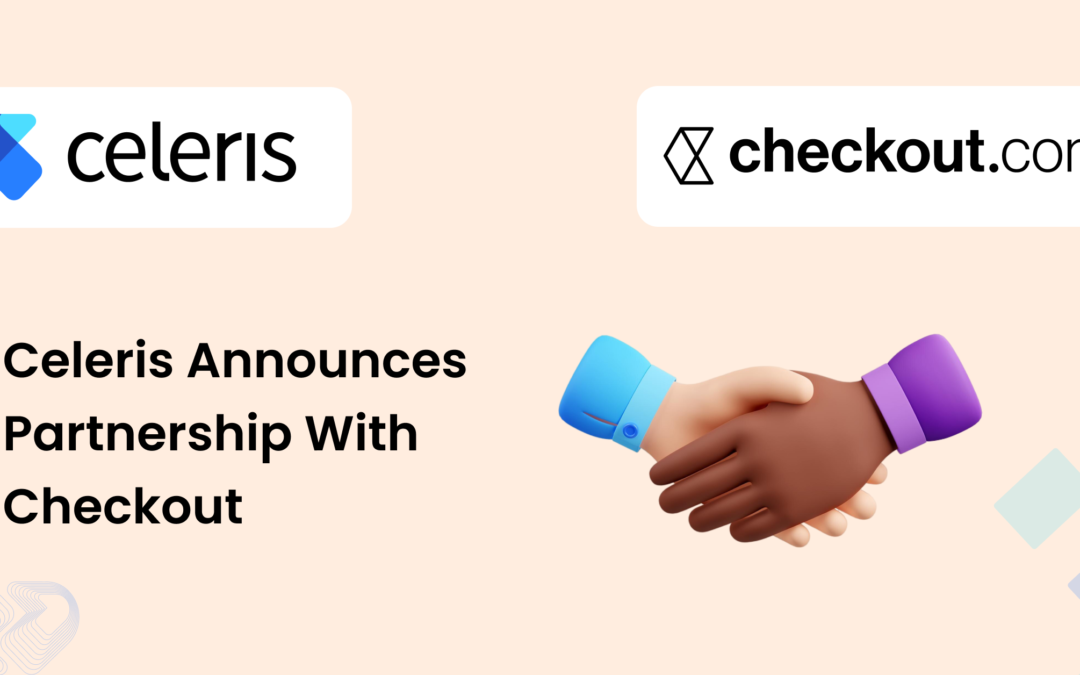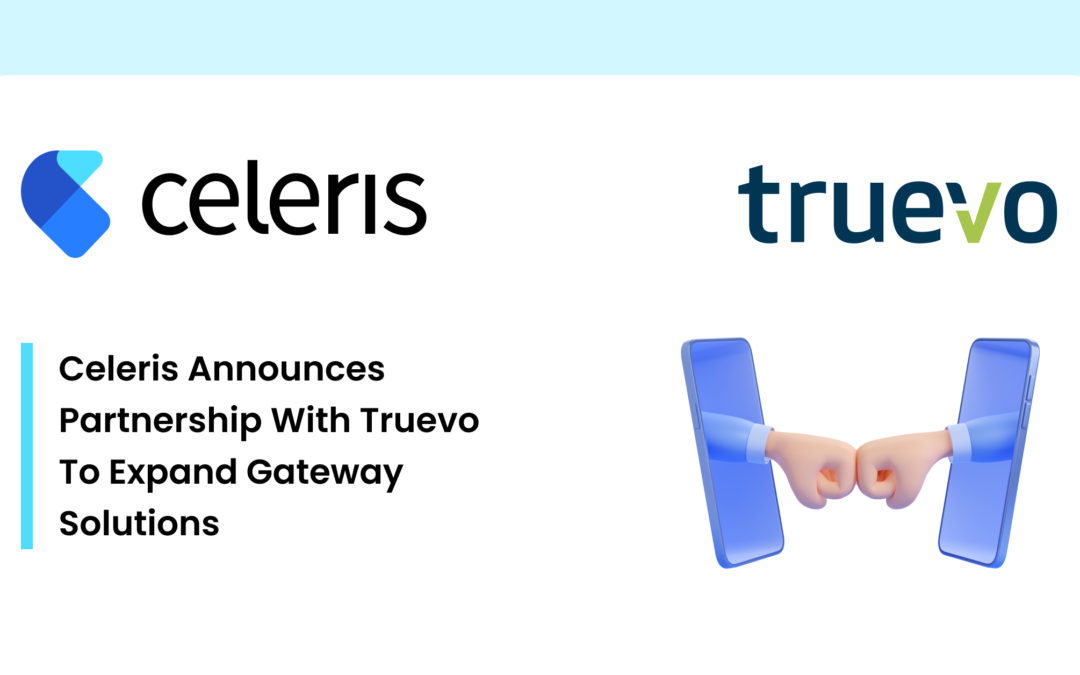Paysafe Limited is a multinational online payments company providing businesses with payment processing and digital wallets.
- Resource
- /
- How a Company Achieved Global Expansion with Payments Orchestration
Contents
Recommended Articles
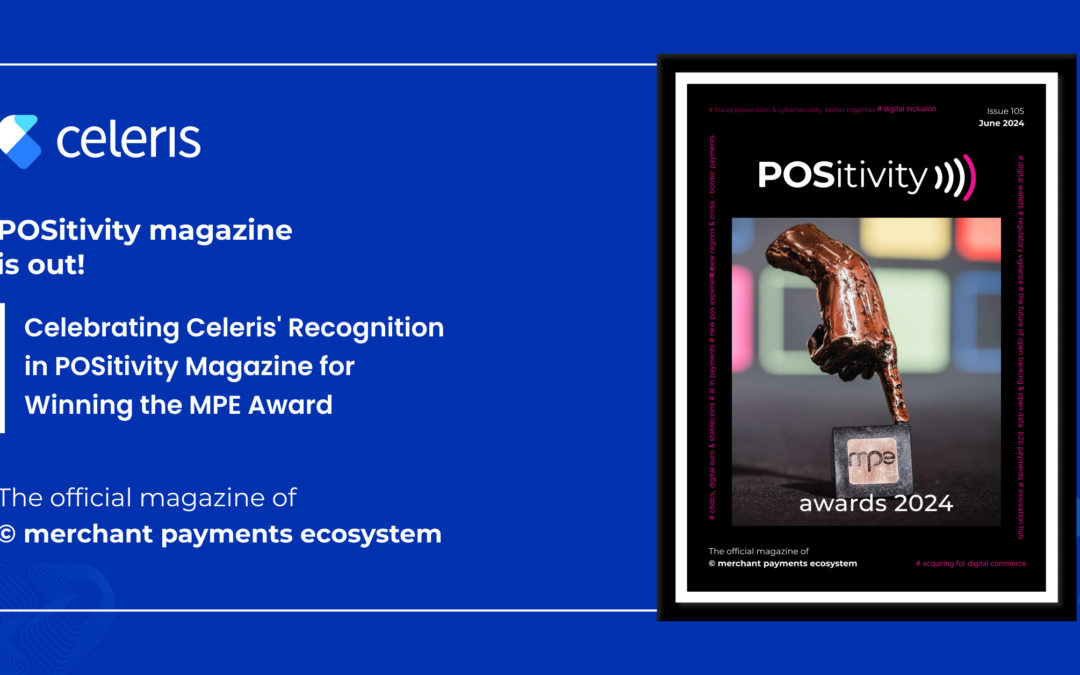
Celebrating Celeris’ Recognition in POSitivity Magazine for Winning the MPE Award
July 11 2024 | Blog
Celebrating Celeris' Recognition in POSitivity Magazine for Winning the MPE AwardWe are excited to share that Celeris has been featured in the latest issue of POSitivity Magazine. This coverage celebrates our win of the prestigious MPE Award for Best Payments...

Unveiling the Power of Omission Reporting in Online Payment Management
May 23 2024 | Blog
Introduction In the ever-evolving landscape of online transactions, an unyielding commitment to precision and oversight is paramount for the financial departments and the individuals responsible for online payments with e-commerce merchants. Faced with the intricate...
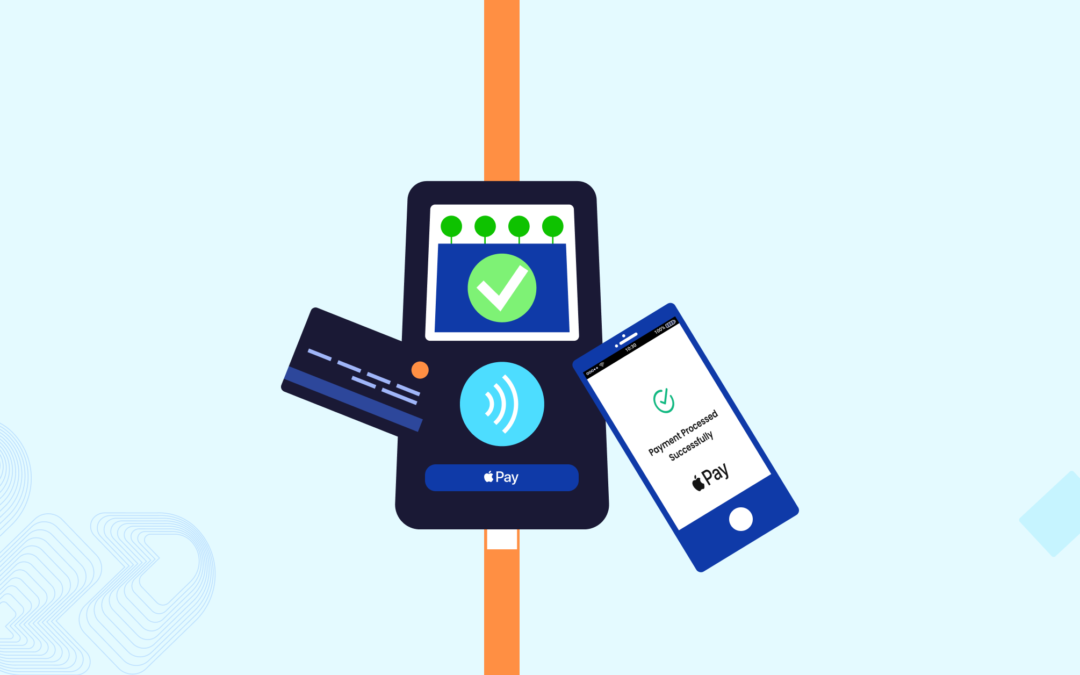
Celeris now supports MPAN for seamless ApplePay tokenization flow
April 1 2024 | Blog
Introduction In a continuous effort to enhance the payment experience for its users, Celeris, a leading payment gateway company based in Amsterdam, is thrilled to announce a significant feature update. Celeris is now fully equipped to support Merchant Payment Account...
Share This Post
How a Company Achieved Global Expansion with Payments Orchestration
June 14, 2020
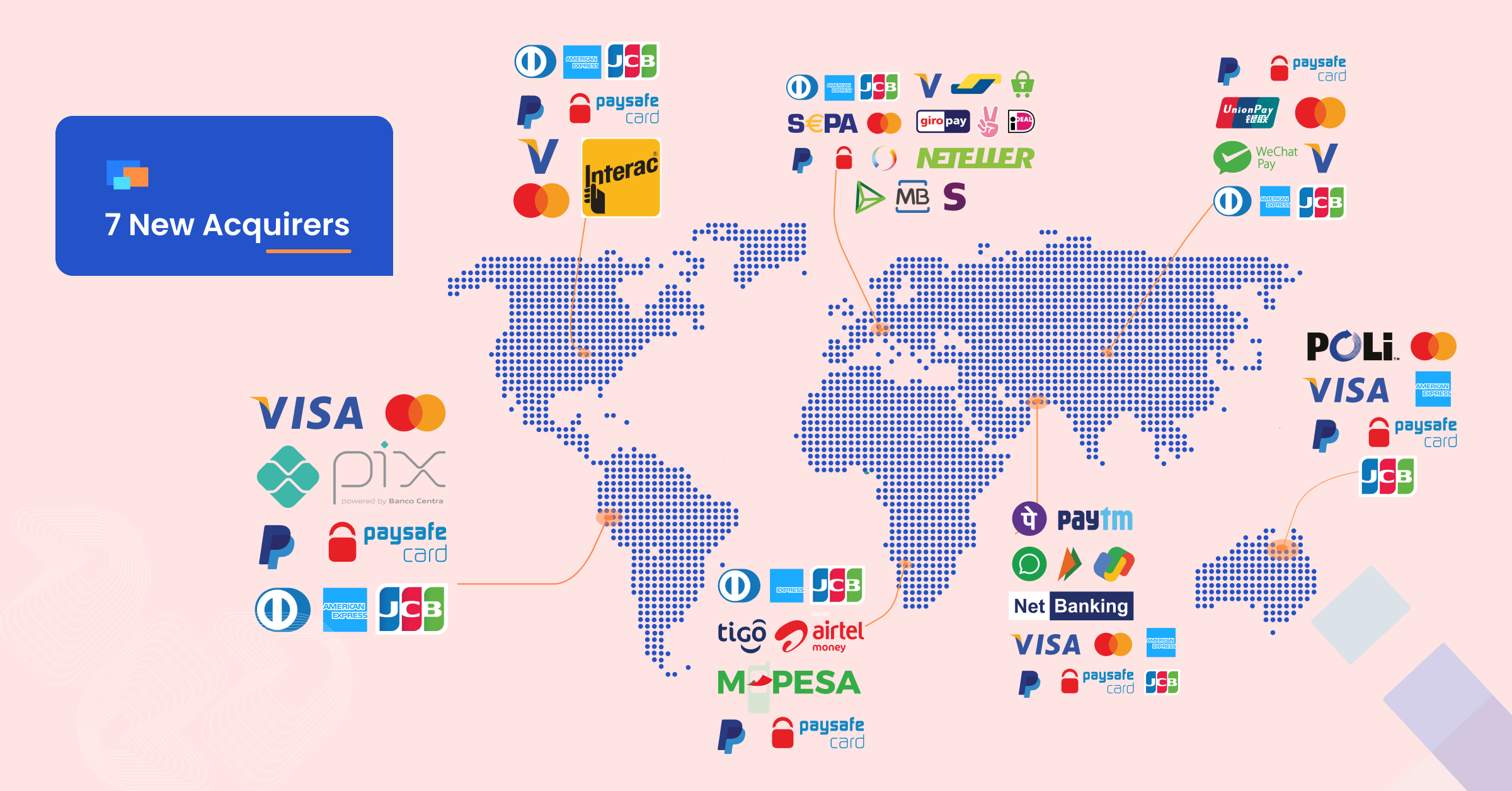
Contents
Introduction
Read the story of one of their merchants. At this company, they have been driven to expand their business globally and tap into new markets. However, as they embarked on this ambitious journey, they encountered numerous challenges, particularly in the realm of payment processing. Fortunately, their decision to implement payment orchestration proved to be a game-changer, revolutionizing their approach and enabling them to overcome these hurdles. In this article, we will share how payment orchestration played a vital role in the company’s successful international expansion.
Initial Challenges and Roadblocks
As they ventured into new markets, the merchant quickly realized that the diversity of payment methods and preferences across different countries posed significant obstacles. The need to integrate with multiple payment providers and manage them individually proved to be a cumbersome and time-consuming task. Moreover, their limited offering of localized payment options hampered their ability to cater to the specific needs and preferences of customers in different regions.
Adopting Payments Orchestration
Recognizing the need for a more streamlined and efficient solution, they made the strategic decision to adopt payment orchestration. This innovative approach allowed them to consolidate multiple payment methods and providers into a single integration, paving the way for enhanced operational efficiency and improved customer experiences.
The Benefits of Payments Orchestration
1. Simplified Integration: With payment orchestration, merchants are able to simplify the integration process significantly. By connecting with a centralized payments orchestration platform, they streamlined their interactions with various payment providers across different markets. This consolidation saved them valuable time, resources, and technical complexities associated with multiple integrations.
2. Localization and Adaptability: Payments orchestration empowered the merchant to tailor their payment offerings to meet the localized needs of each market. With a unified platform, they seamlessly incorporated region-specific payment methods, currencies, and languages, enhancing the overall customer experience. This localization strategy played a pivotal role in driving higher customer satisfaction and conversion rates.
3. Flexibility and Agility: One of the key advantages of payment orchestration was the flexibility and agility it afforded us. As market dynamics and customer preferences evolved, they could quickly adapt by adding or removing payment options. This nimbleness allowed the merchant to stay ahead of the competition and capitalize on emerging trends, all while scaling their operations seamlessly.
4. Robust Security and Risk Management: Payments orchestration platforms provided the merchant with advanced security features and robust fraud prevention tools. These measures significantly reduced the risk of fraudulent transactions and chargebacks, safeguarding their business interests. The comprehensive risk management capabilities of payments orchestration platforms ensured secure payments across various channels and geographies.
What’s next?
At Celeris, we ensure our payment partners have access to all the relevant payment data. Through a platform and/or API. Do you have any follow-up questions after reading this article? Reach out to us; we will gladly help you find the answers. Fill out the form below, and we will contact you shortly. Or drop us an email at support@celerispay.com. Related Resource
Related Resource 
Share This Post
Build your business with Celeris


